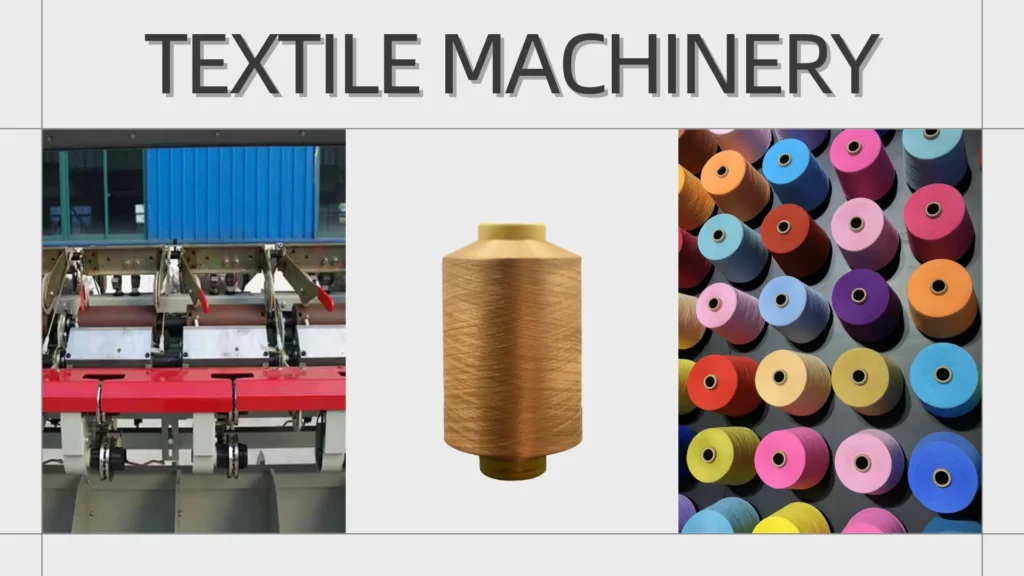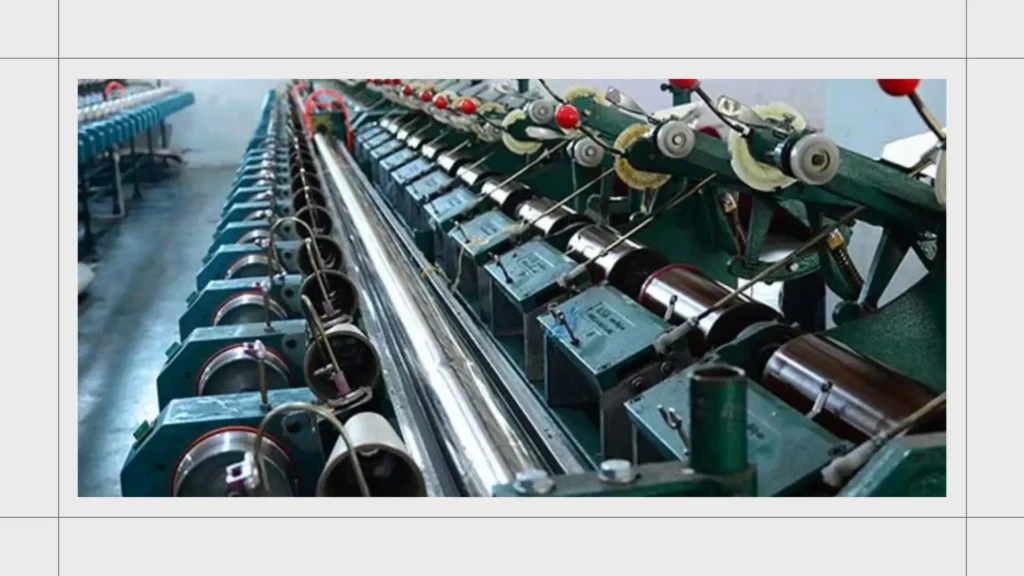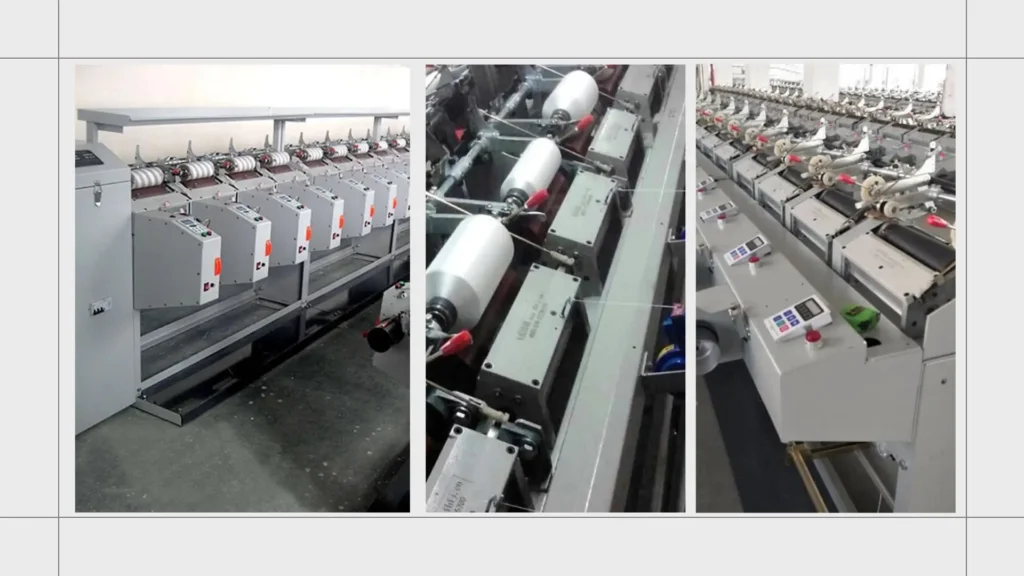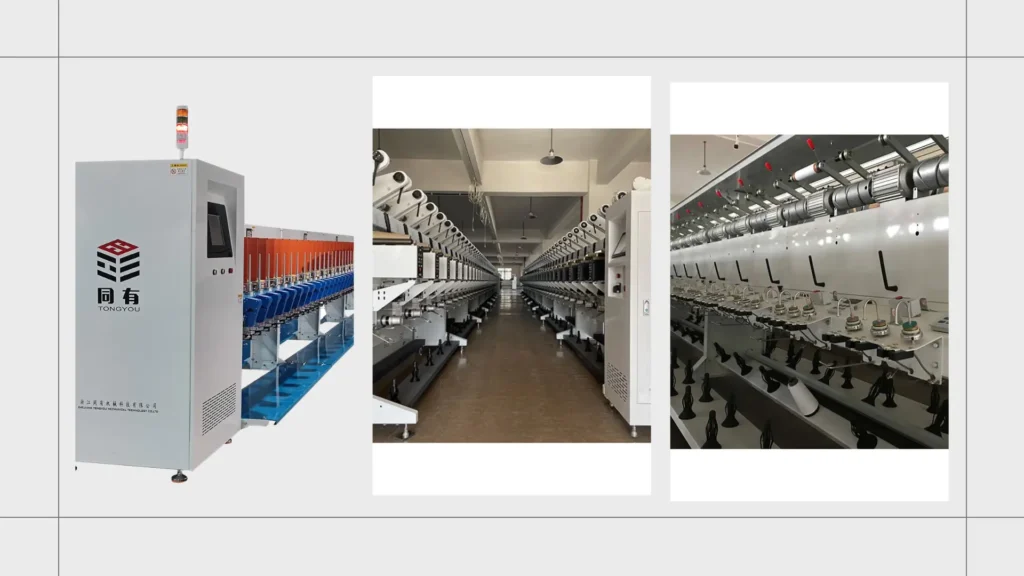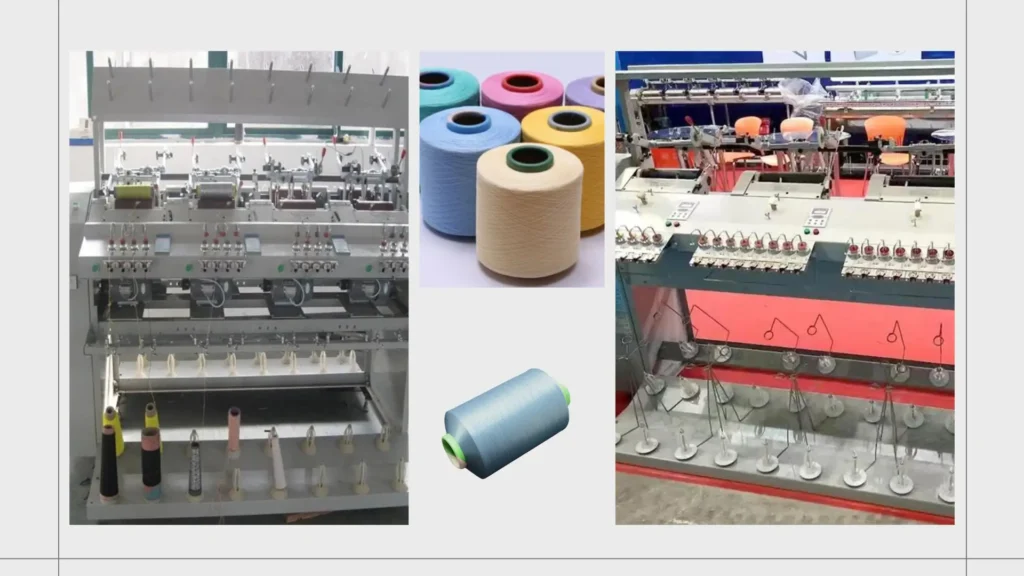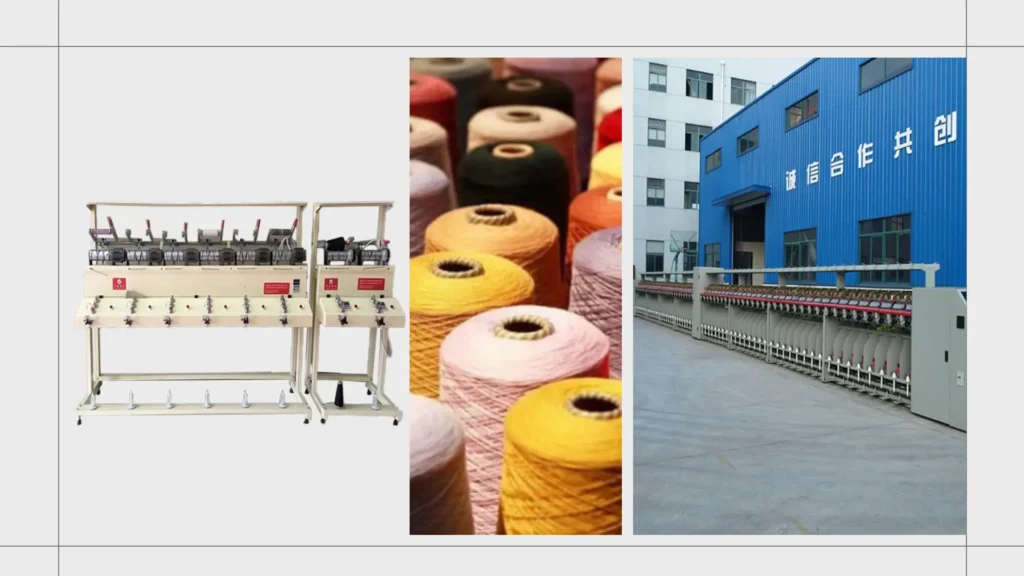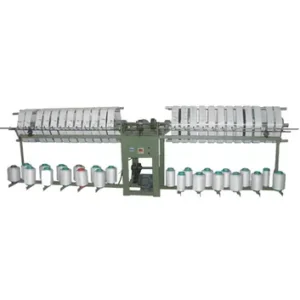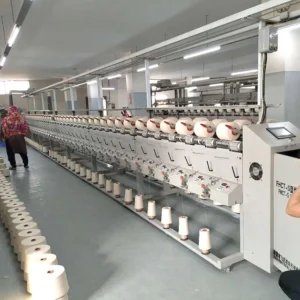The fashion industry is embracing a new era of sustainability with biodegradable dyeing methods that minimize environmental impact.
Unlike conventional dyes that persist in ecosystems, these innovative solutions break down naturally while delivering beautiful, long-lasting colors.
This guide explores the most promising biodegradable dyeing technologies that allow fashion brands to create stunning collections without harming the planet.
Discover how these methods work, their benefits, and how they’re revolutionizing textile production.
What Makes a Dye Truly Biodegradable?
Natural Origin Materials
Biodegradable dyes stem from renewable resources deeply rooted in nature.
Plant sources, such as flowers, leaves, and bark, contain pigments that are inherently compatible with the biological processes of decomposition.
Animal-based dyes, obtained from substances like insects or secretions, also possess molecular structures that microorganisms can recognize and metabolize.
Mineral sources, like certain clays and oxides, offer earthy tones and are subject to natural weathering processes facilitated by bacteria and fungi.
Absence of Synthetic Chemicals
Traditional synthetic dyes often incorporate petroleum-based polymers and chemical additives designed to enhance colorfastness and stability.
However, these components are engineered to resist degradation in natural conditions, leading to long-term environmental pollution.
They are formulated without phthalates, heavy metals, or azo compounds, which are known to persist in soil, water, and air for extended periods and pose risks to wildlife and human health.
Complete Breakdown Timeline
The hallmark of a certified biodegradable dye is its ability to undergo rapid and complete decomposition.
In controlled composting environments, these dyes typically break down within 3 to 6 months, depending on factors like temperature, humidity, and the presence of active microorganisms.
This swift breakdown ensures that ecosystems can quickly recover from any dye exposure, preventing long-term damage to soil fertility, water quality, and biodiversity.
And More:
- The Benefits of Using Organic Materials in Textile Production
- How to Achieve Zero-Waste Production in Textile Factories
Which Natural Sources Provide the Best Biodegradable Dyes?
Plant-Based Colorants
Indigo, extracted from the Indigofera plant, produces a deep blue hue that has been prized for centuries in textile manufacturing.
Madder root, rich in alizarin, yields a range of reds, pinks, and purples, while turmeric, with its active compound curcumin, provides a bright yellow color.
These plant pigments not only offer vivid and diverse shades but also break down naturally through the action of soil bacteria and fungi.
Food Waste Derivatives
The concept of using food waste to create dyes presents a sustainable and circular approach.
Avocado pits contain tannins and polyphenols that can be extracted to produce a range of pink, brown, and purple hues.
Onion skins, rich in flavonoids, yield warm yellows and oranges, while pomegranate rinds, with their high content of ellagitannins, create deep red and brown pigments.
Marine Organism Pigments
Algae, for instance, contain chlorophylls, carotenoids, and phycobiliproteins that impart various shades of green, red, and blue.
Certain shellfish, like mollusks, produce unique pigments that can be used to create natural dyes.
These marine-derived pigments are designed to function within the aquatic ecosystem, and as such, they do not pose a threat to marine life when they biodegrade.
Fungal and Bacterial Dyes
Advancements in biotechnology have enabled the cultivation of fungi and bacteria to produce dyes.
Scientists can engineer microorganisms to synthesize specific pigments through metabolic pathways.
These microbial dyes offer several advantages, including consistent quality, scalability of production, and predictable biodegradability.
How Do Biodegradable Dyes Compare to Conventional Options?
Environmental Safety
Conventional dyes often contain hazardous chemicals that seep into water bodies through industrial runoff, posing a significant threat to aquatic ecosystems.
Heavy metals like lead and chromium, commonly found in synthetic dyes, accumulate in fish and other aquatic organisms, entering the food chain and potentially harming human health.
Production Footprint
The manufacturing of synthetic dyes is an energy-intensive process.
It involves extracting petroleum-based raw materials, subjecting them to high-temperature chemical reactions, and purifying the final product through complex refining steps.
This entire cycle demands large amounts of fossil fuels, contributing to high carbon emissions.
Color Performance
Historically, biodegradable dyes were criticized for their relatively dull colors and poor colorfastness compared to conventional dyes.
However, modern processing techniques have revolutionized the performance of natural dyes.
Advanced extraction methods, such as supercritical fluid extraction, can isolate pure and concentrated pigments, enhancing their vibrancy.
What Innovations Are Improving Biodegradable Dye Performance?
Nano-Encapsulation Technology
Nano-encapsulation involves encapsulating natural pigments within tiny, biodegradable carriers at the nanoscale.
These microscopic capsules protect the pigments from degradation caused by light, heat, and oxygen, ensuring the dye maintains its color integrity during storage and use.
This technology not only enhances the stability and performance of natural dyes but also allows for precise control over the dyeing process, enabling the creation of complex color patterns and gradients.
Enzyme-Assisted Fixation
In traditional dyeing processes, toxic mordants like aluminum sulfate or copper sulfate are often used to help dyes bond with fabrics.
However, these mordants can be harmful to the environment and human health. Enzyme-assisted fixation offers a sustainable alternative.
Biological catalysts, such as proteases and cellulases, are used to modify the surface of fabrics, creating better binding sites for natural dyes.
Hybrid Natural-Synthetic Solutions
Hybrid natural-synthetic solutions combine the benefits of both natural and synthetic dyes.
During the transition period towards fully biodegradable dyes, these formulations bridge the performance gaps.
These polymers improve the colorfastness and stability of the natural pigments while still allowing the dye to biodegrade over time.
Also Read:
- Innovative Eco-Dyeing Methods for Sustainable Fashion
- The Role of Natural Dyes in Sustainable Textile Manufacturing
How Can Manufacturers Implement Biodegradable Dyeing?
Small-Batch Adoption
For manufacturers looking to transition to biodegradable dyeing, small-batch adoption serves as an ideal starting point.
Launching capsule collections, which consist of limited-edition, themed product lines, allows companies to experiment with new dyeing processes without committing significant resources upfront.
This approach enables them to test different types of biodegradable dyes, refine their application techniques, and gather feedback on colorfastness, fabric compatibility, and overall aesthetic appeal.
Partnering with Specialty Dye Houses
Collaborating with specialty dye houses that have in-depth knowledge and experience in natural dyes is a strategic move for manufacturers.
These specialized entities possess a deep understanding of various natural dye sources, extraction methods, and application techniques.
They can provide valuable guidance on selecting the most suitable biodegradable dyes for specific fabric types and product requirements.
Investing in Proper Waste Systems
Even though biodegradable dyes break down naturally over time, manufacturers still need to invest in proper waste systems during production.
Biodegradable dyes, when used in large quantities in industrial settings, can still cause temporary imbalances in wastewater if not managed correctly.
To mitigate this, manufacturers should install advanced water treatment systems that can remove excess dye particles, adjust the pH levels of the wastewater, and break down any remaining organic compounds.
What Are the Main Challenges of Biodegradable Dyes?
Color Consistency
One of the primary challenges with biodegradable dyes is achieving consistent color across different batches.
Natural dye sources, whether they are plants, food waste, or marine organisms, can vary significantly in their pigment content due to factors such as growing conditions, harvesting time, and processing methods.
To address this issue, manufacturers need to establish strict sourcing protocols, carefully selecting suppliers who can provide consistent raw materials.
Production Scaling
Scaling up the production of biodegradable dyes while maintaining quality standards presents a significant hurdle.
Manufacturers need to invest in research and development to optimize their production processes, develop more efficient extraction and dyeing techniques, and find ways to ensure consistent quality at higher production levels.
Consumer Education
Overcoming consumer perceptions about biodegradable dyes is crucial for their widespread adoption.
Many consumers still associate natural dyes with dull colors, poor colorfastness, and lower durability compared to synthetic dyes.
This perception stems from the historical limitations of natural dyes, which have since been largely overcome through technological advancements.
How Do Biodegradable Dyes Support Circular Fashion?
Safe Compostability
In circular fashion, the goal is to keep materials in a continuous loop, minimizing waste.
Biodegradable dyes play a pivotal role in this by enabling dyed natural fabrics to fully rejoin the biological cycle.
When garments made from natural fibers like cotton, linen, or silk, and dyed with biodegradable colorants, reach the end of their life cycle, they can be composted.
Reduced Water Treatment Needs
Traditional synthetic dyes often contaminate wastewater with toxic chemicals, requiring extensive and energy-intensive water treatment processes to make the water safe for release back into the environment.
Biodegradable dyes, however, have a non-toxic breakdown.
When these dyes are used in the dyeing process, the resulting wastewater contains fewer harmful substances.
Renewable Input Sources
The essence of circular fashion lies in using resources that can be regenerated. Biodegradable dyes are sourced from materials that can be sustainably harvested or cultivated seasonally.
Plant-based dyes, for example, come from crops like indigo plants, turmeric roots, or madder.
These plants can be grown in a sustainable manner, with proper agricultural practices ensuring their continuous availability.
Also Read:
How to Achieve Zero-Waste Production in Textile Factories
What Should Brands Consider When Switching to Biodegradable Dyes?
Fiber Compatibility
Not all fabrics react the same way to natural dyes. Different fibers have unique chemical structures and surface properties that affect how well they absorb and retain biodegradable dyes.
In contrast, cellulosic fibers such as cotton and linen may require different mordants or pre-treatment processes to achieve good colorfastness with biodegradable dyes.
Brands need to carefully test various fiber-dye combinations to ensure that the final products meet their aesthetic and quality standards.
Supply Chain Transparency
When switching to biodegradable dyes, brands must ensure the transparency of their supply chain. Verifying the sources and processing methods of natural dyes is crucial for several reasons.
First, it helps guarantee the quality and consistency of the dyes. Knowing where the raw materials are sourced from, how they are processed, and under what conditions they are produced allows brands to maintain control over the final product’s color and performance.
Second, it addresses ethical and environmental concerns. Brands need to ensure that the dyes are sourced sustainably, without causing harm to the environment or exploiting workers in the supply chain.
This may involve establishing direct relationships with dye suppliers, conducting regular audits, and requesting documentation on sourcing and processing practices.
Certification Standards
To assure consumers and stakeholders of the biodegradability of their dyes, brands should look for credible certifications.
Certifications like the Global Organic Textile Standard (GOTS) or Cradle to Cradle provide independent verification that the dyes meet specific environmental and social criteria.
Cradle to Cradle certification evaluates products based on criteria such as material health, recyclability, and renewable energy use.
Conclusion
Biodegradable dyeing methods represent a crucial step toward truly sustainable textile production.
By harnessing nature’s palette and modern science, these innovations prove that beautiful fashion needn’t come at the environment’s expense.
While challenges remain in scaling and performance optimization, the benefits for ecosystems and brand sustainability goals make biodegradable dyes a smart investment.
As technology advances and consumer demand grows, these earth-friendly coloring solutions will increasingly become the standard for responsible fashion.

